1. Coco (2017)
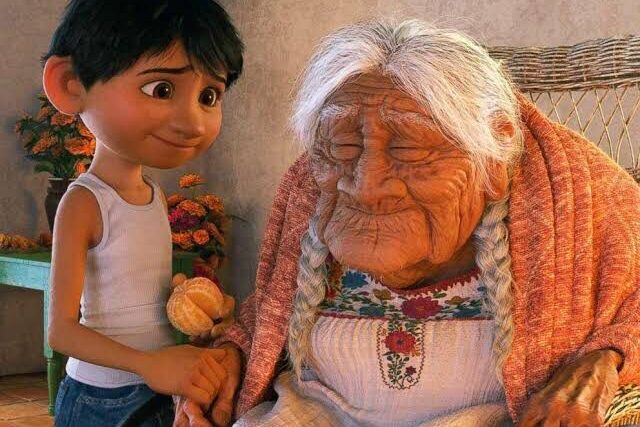
Pixar’s Coco introduced millions around the world to Día de los Muertos, the Mexican holiday honoring loved ones who have passed. With its vibrant colors, heartfelt music, and touching story of family, memory, and tradition, the film turned the holiday into an international celebration of life and remembrance. The depiction of marigolds, altars, and the Land of the Dead captured cultural details with care, making audiences both laugh and cry. Beyond box office success, Coco inspired viewers to learn more about the holiday and its meaning. It gave global recognition to a tradition deeply rooted in love and connection.
2. Groundhog Day (1993)
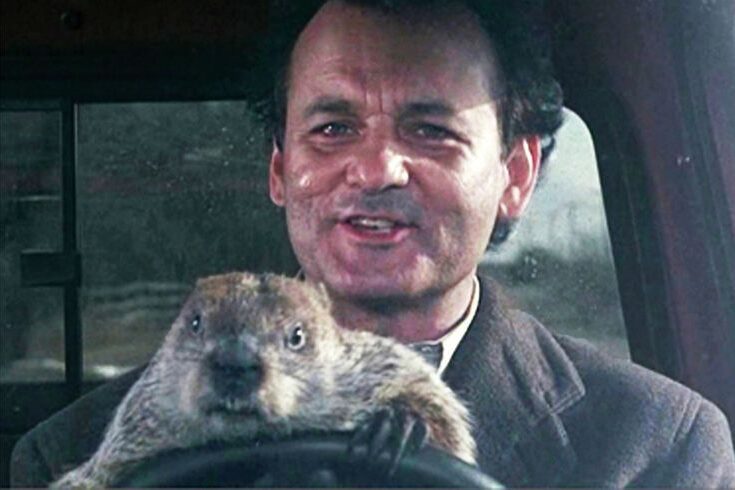
Before Bill Murray’s classic comedy, February 2nd was a quirky little holiday most people barely noticed. Groundhog Day transformed it into something deeper, using the concept of reliving the same day over and over to explore themes of growth, kindness, and second chances. Murray’s cranky weatherman stuck in Punxsutawney gave the holiday cultural weight far beyond predicting the weather. Today, the phrase “Groundhog Day” is shorthand for repetition, and the film is screened every year at the real festival, making what was once a small-town tradition into a lasting pop culture touchstone.
3. Hocus Pocus (1993)
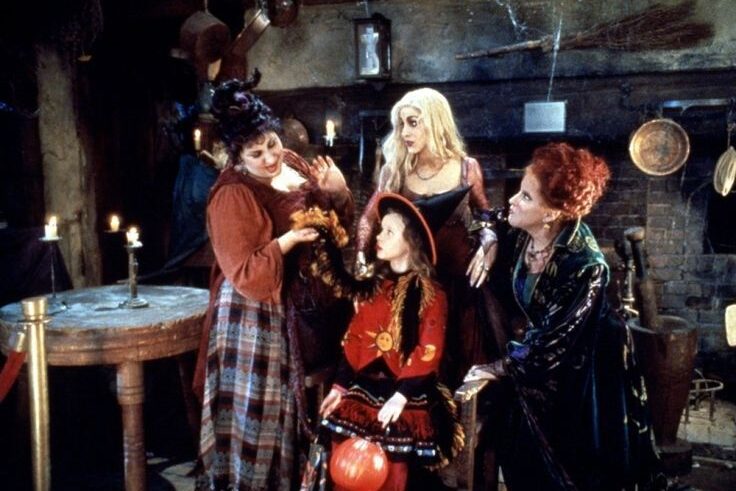
When Hocus Pocus premiered, it wasn’t the hit Disney had hoped for, but over time it found its audience. Set on Halloween night, the story of three resurrected witches in Salem became a seasonal favorite, blending spooky fun with family-friendly humor. For many, October isn’t complete without watching Bette Midler belt out “I Put a Spell on You” or seeing the Sanderson sisters fumble in the modern world. Its cult status eventually brought on a sequel, cementing it as one of the most iconic Halloween movies. What was once overlooked is now a staple of the holiday, watched across generations.
4. Independence Day (1996)
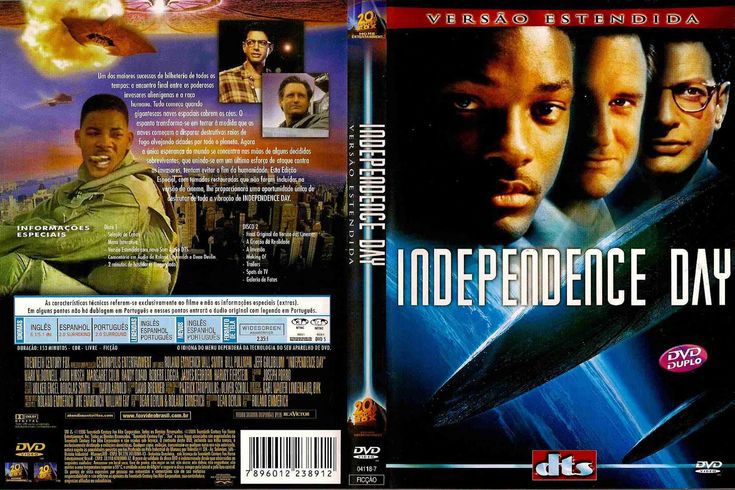
Few movies made the Fourth of July feel as thrilling as Independence Day. With massive alien ships hovering over cities and Will Smith delivering one-liners while saving the planet, the film turned the holiday into the ultimate backdrop for survival and celebration. The climactic moment, President Whitmore’s fiery speech before the counterattack, remains one of cinema’s most patriotic scenes. Released right around July 4th, the movie became a summer tradition, linking fireworks with explosions on-screen. It’s more than a sci-fi spectacle, it made Independence Day about courage, unity, and big-screen spectacle in a way no other movie had before.
5. My Bloody Valentine (1981)
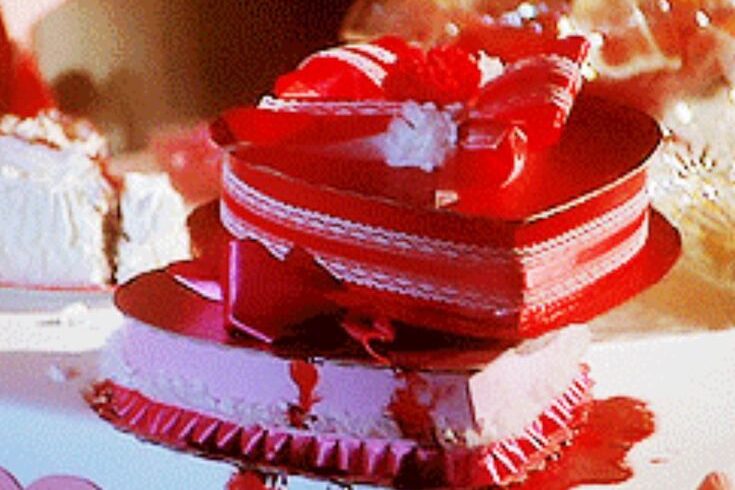
Valentine’s Day usually brings to mind roses and chocolates, but My Bloody Valentine showed it could be something darker. This Canadian slasher gave the holiday a chilling twist, with a masked miner wielding a pickaxe and heart-shaped candy boxes filled with something far less sweet. Released during the height of the slasher craze, it stood out for tying horror so directly to February 14th. Though it didn’t become a blockbuster, it carved out a cult following, later inspiring a 2009 remake. By turning a romantic day into a bloody backdrop, the movie added an unexpected edge to Valentine’s traditions.
6. Planes, Trains and Automobiles (1987)
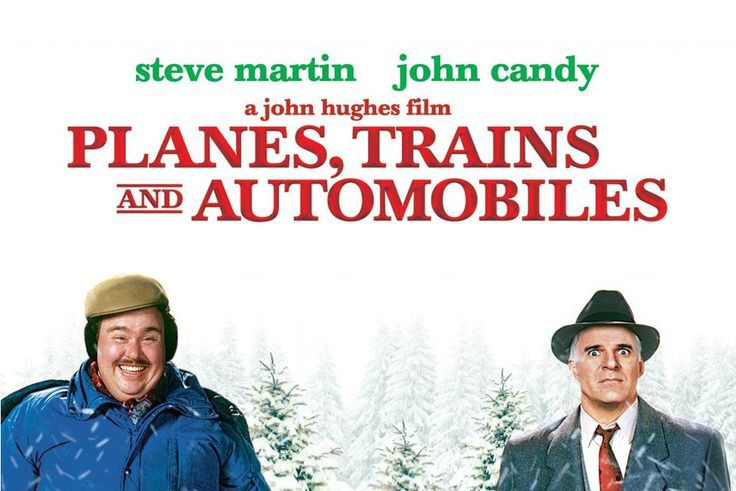
Thanksgiving rarely has movies dedicated to it, but John Hughes gave it one of the best with Planes, Trains and Automobiles. The story follows Steve Martin’s uptight businessman and John Candy’s lovable salesman as they face every possible travel disaster while trying to get home for the holiday. From snowstorms to lost luggage, the chaos is relatable to anyone who’s tried to travel during peak season. But beneath the comedy is a heartfelt reminder of gratitude and connection, making it the rare Thanksgiving movie that captures both the frustration and joy of the holiday.
7. The Wicker Man (1973)
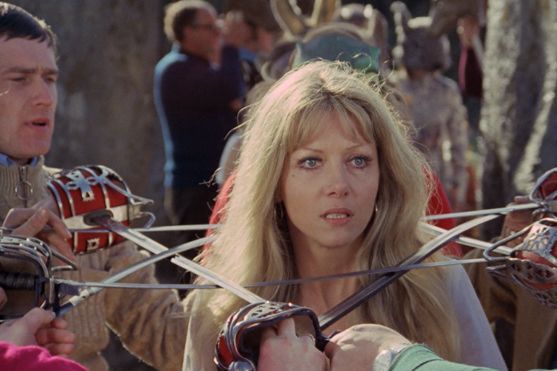
The Wicker Man transformed May Day from a cheerful spring festival into something haunting and unforgettable. The film follows a police officer investigating a missing girl on a remote island, only to discover the villagers celebrating pagan rituals tied to the season of renewal. With its folk songs, flower crowns, and eerie sense of community, May Day became the backdrop for one of cinema’s most unsettling climaxes. While the movie wasn’t a mainstream hit at first, it gained cult status and set the tone for future folk horror. For many, it redefined how a seemingly innocent holiday could carry darker meanings.
8. Easter Parade (1948)
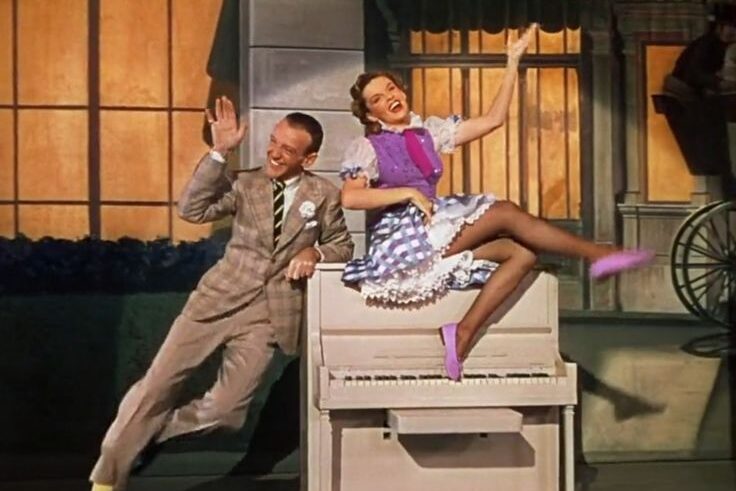
This musical starring Fred Astaire and Judy Garland gave Easter a glamorous Hollywood treatment. Showcasing colorful bonnets, spring fashions, and cheerful parades, the film turned the holiday into a celebration of style and music. Its title number, performed by Astaire and Garland, became an Easter standard, while the movie itself captured postwar optimism with charm and elegance. Though rooted in its time, Easter Parade made Easter more than just church services and egg hunts, it turned it into a spectacle of joy and performance. The film remains a seasonal classic, still shown around Easter and fondly remembered for its lively energy.
9. Babe (1995)
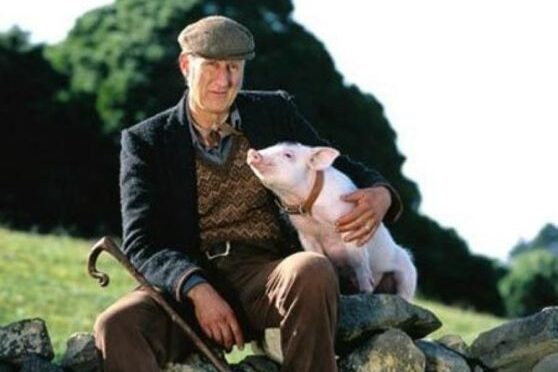
Though not officially an Easter movie, Babe became closely tied to the holiday through repeated airings each spring. The gentle story of a pig who wants to be a sheepdog won over audiences with its kindness, humor, and unforgettable line, “That’ll do, pig.” The film’s pastoral setting, colorful farm animals, and themes of innocence resonated perfectly with the season of renewal, making it feel like an Easter tradition. Its critical success, including an Academy Award win, cemented its place as more than just a children’s movie. For many families, Babe became as much an Easter staple as chocolate eggs.
10. Leprechaun (1993)
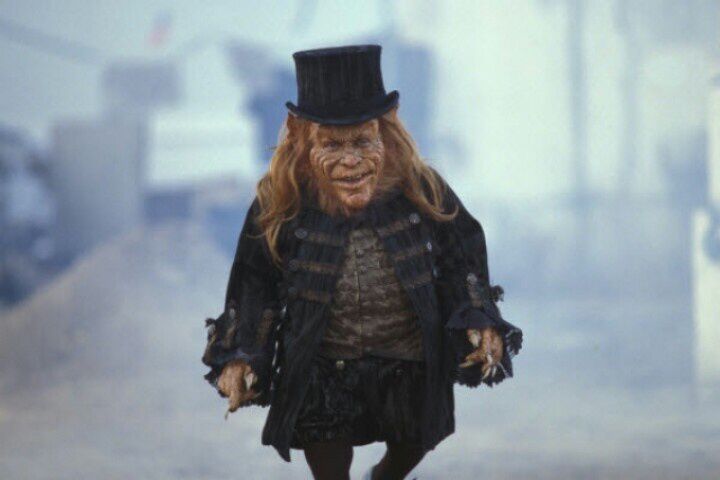
St. Patrick’s Day never had a defining movie until Leprechaun came along, though the film gave the holiday a rather unusual mascot. Mixing horror and comedy, it starred Warwick Davis as a murderous leprechaun hunting for his stolen gold, complete with gruesome tricks and a dark sense of humor. While critically panned, it found an audience on home video, spawning six sequels and becoming a cult favorite. Over time, it became an offbeat tradition for some viewers who wanted something different than parades or green beer. Love it or not, Leprechaun made March 17th a little weirder, and definitely more memorable.
11. The First Monday in October (1981)
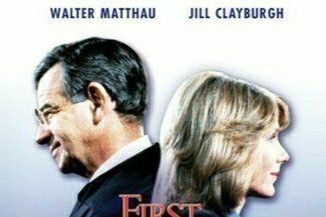
Unlike the other films on this list, The First Monday in October isn’t about a widely celebrated holiday but a civic observance tied to the U.S. Supreme Court’s calendar. The drama centers on the appointment of the first female justice, played by Jill Clayburgh, and her clashes with a conservative colleague portrayed by Walter Matthau. Though not flashy, it brought attention to the significance of this overlooked date, symbolizing responsibility, law, and democracy rather than festivities. While it never became a box office hit, the film stands out for giving a little-known civic occasion a moment on the cultural stage.
12. The Omen (1976)
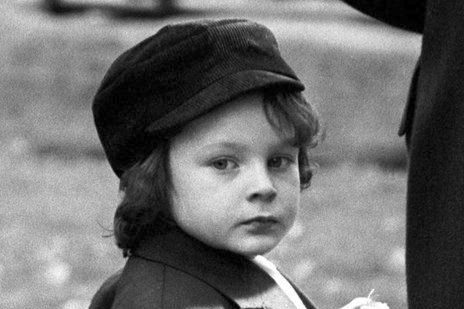
The Omen forever tied horror to the date June 6th, thanks to its chilling release and the birth of Damien, the child Antichrist. The use of 6/6 as a marker for evil gave the calendar itself a terrifying new meaning. Audiences were haunted not just by the film’s eerie atmosphere and shocking deaths, but by the way it linked ordinary dates to supernatural dread. The success of The Omen sparked sequels, a remake, and countless references in pop culture. What was once an unremarkable day in early summer became infamous, proof of how powerful cinema can be in reshaping the way we look at time.
13. The Purge (2013)
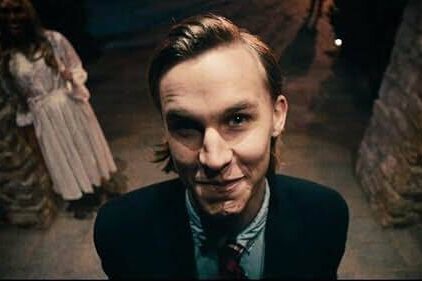
Though it’s not based on a real holiday, The Purge created one of its own, a grim annual tradition where all crime is legal for 12 hours. Set in a near-future America, the concept raised unsettling questions about morality, justice, and survival. The idea of a nation preparing for this “holiday” with security systems and survival plans became both terrifying and oddly ritualistic. Its success launched a franchise of sequels, a TV series, and plenty of debate about its social commentary. The Purge may be fictional, but it showed how a movie could invent a holiday that feels disturbingly believable.
14. Jack-O (1995)
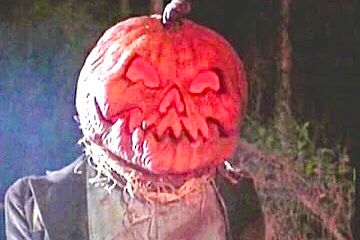
Though far from a critical success, Jack-O earned a place in Halloween culture with its pumpkin-headed monster and campy scares. The low-budget horror film follows a vengeful spirit terrorizing a small town, leaning heavily into cheesy effects and over-the-top acting. Yet, for horror fans, those very flaws made it a cult classic. Each October, it finds new viewers looking for a “so bad it’s good” experience alongside more polished seasonal staples. While it never reached the heights of Hocus Pocus or Halloween, Jack-O carved out a quirky niche, proving that even lesser-known films can become holiday traditions.
This story 14 Movies That Made Us Care About Holidays That Aren’t Christmas was first published on Daily FETCH


